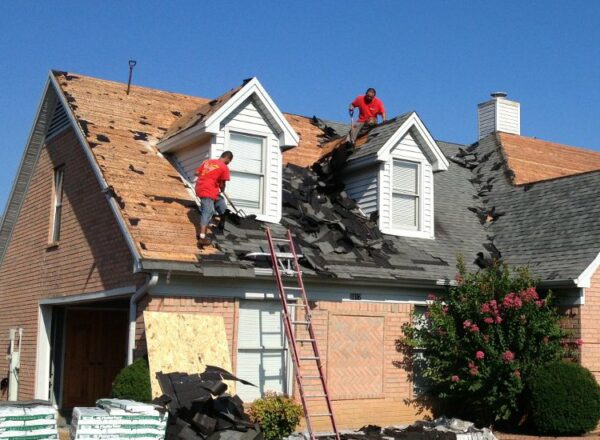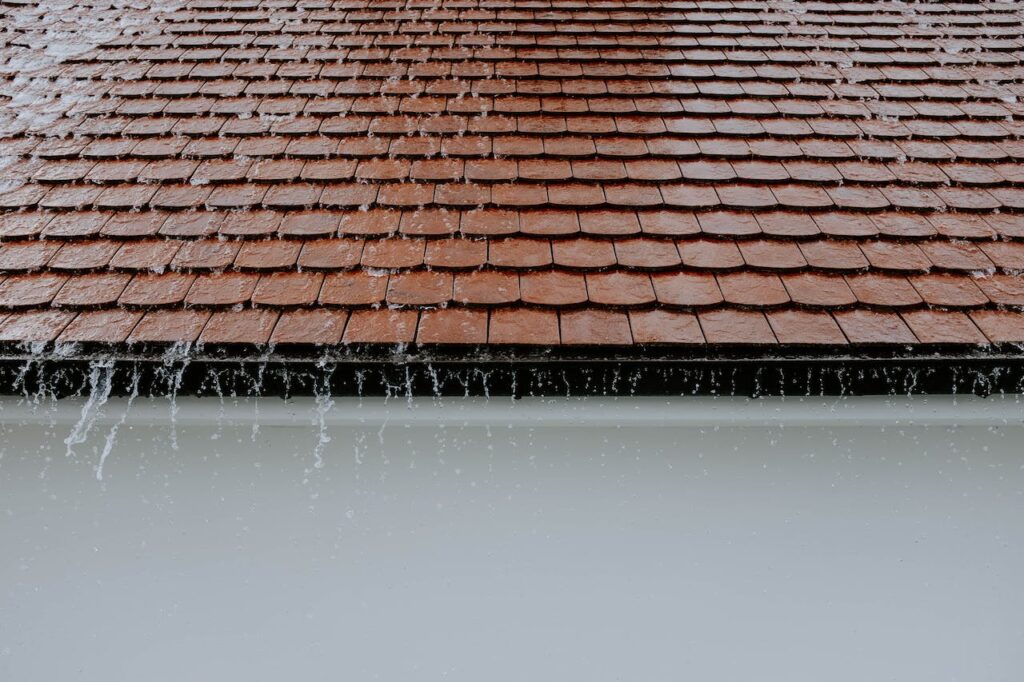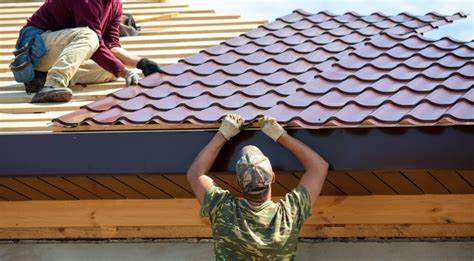Roofing costs can vary widely, and knowing these details can significantly impact your decision-making process. Whether it’s a minor repair, a partial roof replacement, or a full-scale new roof installation, being well-informed can help you save money and make the best choices for your home. Through our detailed exploration of topics like the cost per square foot, roofing materials, and the complexities of different roofing projects, we aim to equip you with the knowledge you need.
If you’re planning a roofing project, seeking to understand common roofing costs, or simply curious about the process, this blog is your go-to resource. Read on to navigate the world of roofing with confidence!
Basics of Roofing
Understanding Roof Replacement
Roof replacement is a significant home improvement project, often necessitated by aging materials, severe weather damage, or a desire to improve a home’s aesthetic and functional value. The scope of roof replacement can vary greatly, encompassing everything from removing and disposing of the old roof to installing a completely new roofing system.
Whether it’s replacing an asphalt shingle roof, a metal roof, or any other type of roofing material, the process requires careful planning and execution. A roof replacement typically involves the complete removal of the existing roof down to the roof deck, followed by the installation of new roofing materials.
This can include a range of common roofing materials such as basic asphalt shingles, wood shingles, slate tiles, concrete tiles, or even more specialized options like copper roofing or standing seam metal panels.
The Components of Roof Replacement Costs
The cost of roof replacement is influenced by a multitude of factors. First and foremost, the choice of roofing material plays a significant role. For instance, basic asphalt shingles are generally more affordable compared to premium materials like slate roofing or cedar shingles.
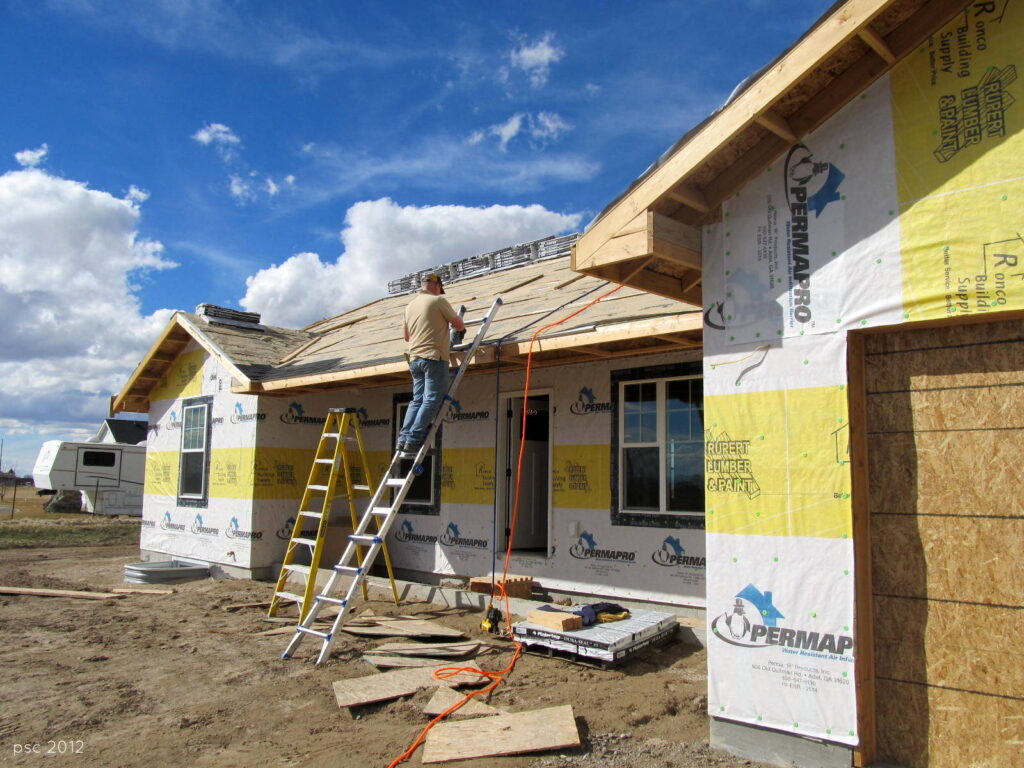
Labor costs are another crucial component, often constituting a substantial portion of the total expense. The complexity of the roof, influenced by factors like roof pitch and the presence of steep roofs, can also affect labor costs. A more complex roof design requires more time and skill to replace, thereby increasing the cost.
Other factors impacting the cost include the size of the roof (measured in square feet or roofing squares), the extent of underlying structural repairs that might be needed, and any additional features like a roof warranty or specific local building codes that must be adhered to.
Measuring Roof Size: The Basis of Cost Calculation
Accurately measuring the roof size is a critical step in estimating the cost of a roof replacement. Roof size is typically measured in square feet or roofing squares (one roofing square equals 100 square feet). The size of the roof directly influences the amount of materials needed and, consequently, the overall cost of the project.
An incorrect measurement can lead to underestimating the costs, which can be a significant setback, especially when budgeting for materials like slate tiles or high-end metal roofs. For homeowners, it’s often advisable to have a professional roof inspection done by a qualified roofing contractor to ensure accurate measurements and a more precise cost estimate.
Moreover, understanding the roof size helps in assessing the scale of the project, from minor repairs to a full roof replacement. Whether you’re dealing with an old roof that needs a complete replacement or considering a DIY roof replacement for a smaller area, accurate measurement is key to a successful and cost-effective project.
Cost Factors
When considering a roof replacement or repair, understanding the various cost factors is essential. These costs can vary significantly based on a range of elements from the type of roofing materials used to the size and pitch of your roof, as well as the labor costs involved in the installation or repair process.
In this section, we will explore these critical factors, helping you to get a clearer picture of what influences the overall roof costs and how these can impact your budget for a new roof or roof repairs.
Cost Factor: Roofing Materials
When it comes to roofing, the material you choose is a pivotal factor in the overall cost. Common materials vary widely in price, functionality, and aesthetic appeal. Asphalt shingle roofs, one of the most popular choices due to their cost-effectiveness and durability, typically offer a lower roof replacement cost compared to more premium materials like slate or clay tile roofs.
Metal roofs, known for their longevity, can be more expensive upfront but may provide savings in the long run due to their durability. It’s crucial to balance your aesthetic desires with practical considerations like longevity and maintenance when selecting a roof material.
Impact of Roof Pitch on Cost
The pitch or slope of your roof plays a significant role in determining the overall roof cost. Steeper roofs require more safety measures, labor, and sometimes more materials, which can increase the cost. Roofing contractors often find steep roofs more challenging and time-consuming to work on, leading to higher labor costs.
Additionally, certain roofing materials are better suited for steep pitches, potentially limiting your choices and impacting the cost. When considering roof replacements or repairs, it’s essential to factor in the pitch as a cost variable.
The Role of Roof Size in Determining Cost
The size of your roof is directly proportional to the cost of replacement or repair. Roofing costs are typically calculated per square foot, so larger roofs will naturally incur higher costs. Whether it’s a partial roof replacement or an entire roof overhaul, the square footage will significantly impact your budget.
This scaling of costs with size is a critical consideration for homeowners, especially when comparing quotes from different roofing companies or contractors. A detailed roof inspection can provide an accurate measurement of your roof size, helping you better estimate the new roof cost.
Labor Costs: A Significant Expense
Labor costs constitute a significant portion of the total roof replacement cost. The complexity of the job, the experience of the roofing contractors, and local labor rates all influence these costs.
For intricate projects like replacing a slate tile roof or repairing damage that affects the roof’s structural integrity, skilled labor is essential, which often comes at a higher price. Local roofing contractors’ rates may vary based on regional cost of living and demand for services.
It’s important for homeowners to not only consider the cost of materials but also to account for the labor expenses when budgeting for roof repairs or replacements. Remember, investing in quality labor can save money in the long run by ensuring a longer-lasting and more durable roofing solution.
Types of Roofing Costs
When considering a new roof, the material you choose significantly influences both the cost and the overall look and longevity of your roof. From traditional asphalt shingles to luxurious copper and innovative metal panels, each material comes with its unique set of features and price points.
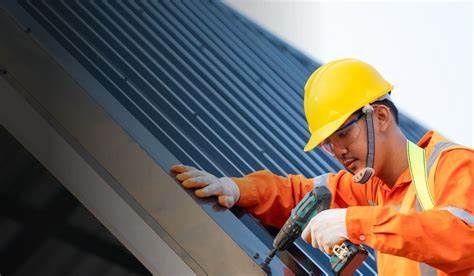
1. Asphalt Shingle Roof: A Popular Choice
Asphalt shingle roofs are a popular choice for many homeowners due to their affordability, ease of installation, and variety of styles. However, they have a shorter lifespan and can be susceptible to wind damage. In terms of cost, they are generally the most budget-friendly option, balancing quality and affordability effectively.
2. Metal Roofs: Durability vs. Cost
Metal roofs, known for their durability and longevity, can last up to 50 years or more. Although the initial cost is higher than asphalt shingles, they offer long-term savings through minimal maintenance and energy efficiency. Options like standing seam metal panels provide an aesthetically pleasing and modern solution.
3. The Expense of Wood Shingles
Wood shingles, offering a natural and traditional look, are a favorite for certain architectural styles but come at a higher price than asphalt. They require regular maintenance to prevent issues like rot and pest damage, which can add to their long-term cost.
4. Slate Roofing: A Premium Choice
Slate roofing, with its natural beauty and incredible durability, is a premium choice. It is one of the most expensive roofing materials, requiring skilled installation and maintenance. However, its longevity, often exceeding 100 years, makes it a worthwhile investment for many.
5. Concrete Tiles and Clay Tile Roofs
Concrete and clay tile roofs provide durable and aesthetically pleasing options. While they are more expensive than asphalt, they are generally less costly than slate. These tiles are ideal in warmer climates due to their heat resistance and offer a traditional or versatile look depending on the material.
6. Cedar Shingles: Aesthetics and Cost
Cedar shingles are more expensive than asphalt but offer a unique, rustic aesthetic that ages gracefully. The need for regular treatments to resist moisture and pests adds to their overall cost, but they provide a good balance of longevity and aesthetic appeal.
7. Copper Roofing: Luxury and Longevity
Copper roofing stands out for its luxury and longevity. It’s an expensive option, but its durability and the unique patina it develops over time make it a prestigious choice for homeowners. The material’s longevity and distinct appearance justify the investment for those seeking an upscale roofing solution.
8. Innovative Roofing: Standing Seam Metal Panels
Standing seam metal panels represent an innovative approach to roofing. While the cost is higher than some traditional materials, their benefits, including a sleek appearance, durability, and energy efficiency, make them a popular choice for modern homes.
Each roofing material comes with its own set of pros and cons, and the right choice depends on a variety of factors including budget, aesthetic preference, and the climate of your area. When considering a new roof, it’s essential to weigh these factors carefully to make an informed decision that meets your needs and preferences.
Replacement and Repair
When it comes to maintaining the integrity of your home, understanding the nuances of roof replacement and repair is crucial. Whether you’re facing the decision to replace your entire roof or to manage smaller repairs, each choice comes with its own set of considerations and costs. In this section, we’ll explore the various aspects of roof replacement and repair, from full-scale overhauls to addressing minor issues like missing shingles.
Full Roof Replacement vs. Partial Replacement
The decision between a full roof replacement and a partial one largely hinges on the extent of damage and the age of your existing roof. A full replacement, while more costly upfront, often addresses underlying issues and can extend the lifespan of your roof.
On average, the cost to replace an entire roof can be significant, but it’s a worthwhile investment in the long-term structural integrity of your home. Partial replacements are less expensive and can be adequate for localized damage. However, it’s crucial to consider the long-term implications and potential mismatch with existing roofing materials.
Common Roof Replacement Cost
Roof repairs can range from fixing minor leaks to replacing damaged sections. Common roof repairs include addressing leaks, repairing roof damage caused by weather, and replacing worn or missing shingles.
Costs vary based on the extent of the damage and the type of repair needed. Simple repairs like sealing a leak may be relatively inexpensive, while more extensive damage can require a larger investment. Regular roof inspections can help identify issues early, potentially saving on more costly repairs down the line.
Dealing with Minor Repairs
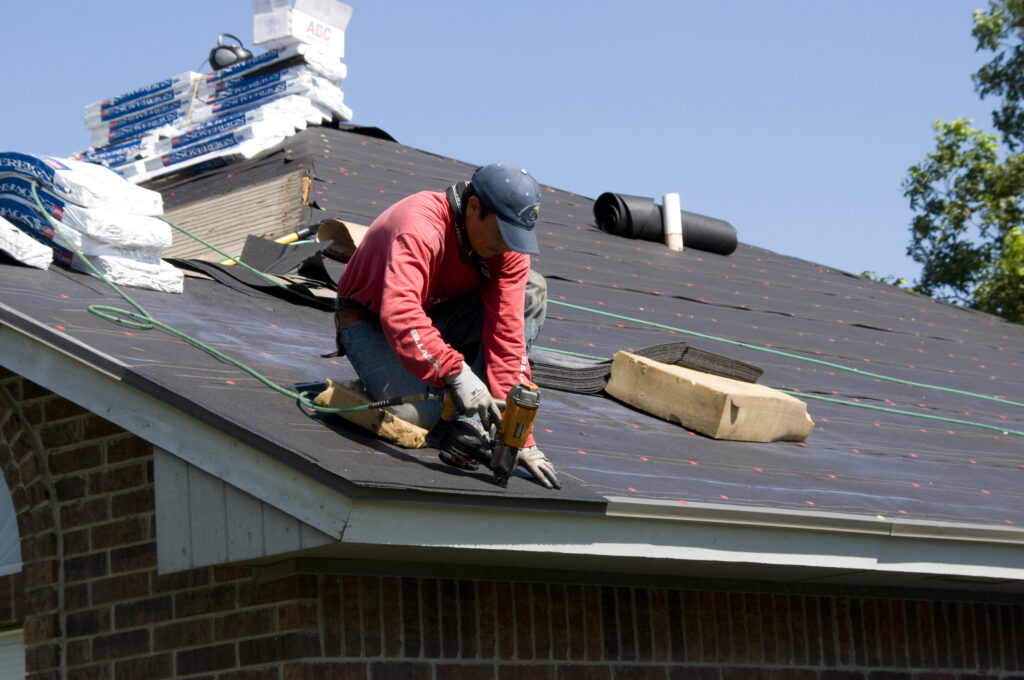
Minor roof repairs play a critical role in maintaining the structural integrity and longevity of your roof. Addressing issues such as small leaks, replacing a few missing shingles, or minor flashing repairs promptly can circumvent the need for more extensive and expensive repairs in the future. The cost-effectiveness of handling these repairs early cannot be overstated.
- Cost Considerations: The average cost for minor roof repairs is generally more affordable compared to extensive repairs or a full roof replacement. However, the exact cost can vary depending on the roofing material and the extent of the damage. For example, replacing a few asphalt shingles will typically be less expensive than dealing with slate tiles or metal roofing materials.
- Preventing Escalation: Quick action on minor repairs prevents the damage from worsening. A small leak might seem insignificant, but if ignored, it can lead to serious issues like water damage, mold, or even structural damage to your home. This can exponentially increase the cost and complexity of the repair job.
- Roofing Company Expertise: Consulting a professional roofing company is advisable for any repair work. These experts can accurately assess the damage and provide the most effective solution, ensuring the repair is done correctly and efficiently. Their expertise can also help in identifying potential issues that a homeowner might miss.
- Insurance and Financing: Homeowners should check with their homeowners insurance to see if the repair falls under their policy coverage, especially if the damage results from an insured event like a storm. For more significant repair costs, options like a home equity loan or a personal loan can be considered. It’s important to weigh these financing options carefully, considering interest rates and repayment terms.
- Long-Term Savings: Investing in minor repairs can save considerable money in the long run. By maintaining the roof’s condition, you can delay the need for a costly new roof. Regular maintenance and prompt repairs can extend the life of your roof, ensuring you get the most out of your investment.
- Square Foot Roof Calculations: When assessing repair costs, consider the size of your roof. Repairs are typically priced per square foot, so knowing the size of your roof can help in estimating the cost of repairs. This calculation is particularly important when planning budget allocation for larger repair areas.
Addressing Missing Shingles
Missing shingles are a common issue that can lead to more severe problems if not addressed. Replacing shingles is a relatively cost-effective solution. The cost depends on the type of shingle and the extent of the area that needs repair. For homeowners, it’s essential to match the new shingles with the existing ones in terms of material and color. While some may consider this a DIY task, consulting with a professional can ensure a proper and long-lasting repair.
Roofing Cost Analysis
Understanding the financial intricacies of roofing is crucial for homeowners. This section delves into various aspects of roofing costs, providing a detailed analysis of pricing per square foot, regional cost variations, the concept of roofing squares, and a comparison of replacement versus repair costs. Additionally, we explore the historical trends in roofing costs, offering a comprehensive perspective on the financial aspects of roofing.
Per Square Foot Cost Analysis
Roofing costs are frequently calculated on a per square foot basis, encompassing materials, labor, and additional expenses like permits and disposal fees. The cost per square foot can significantly fluctuate depending on the roofing material chosen, ranging from basic asphalt shingles to more premium options like slate or copper roofing. Labor costs and additional expenses such as permits or inspections are also integral to this calculation.
Average Costs of Roofing Across Different States
Roofing costs can differ considerably from one state to another due to local labor rates, material availability, and climate conditions. Providing a state-by-state comparison, this section gives homeowners a clearer picture of the average costs involved in roofing projects, whether it involves a full replacement or minor repairs.
Analyzing Roofing Square Costs
A roofing square, measuring 100 square feet, is a common unit used for quoting and billing in roofing projects. Understanding this measurement unit is crucial for accurately estimating the costs involved in a roof replacement or repair.
Cost to Replace vs. Repair
The decision to replace or repair a roof involves several cost considerations. Replacement costs are influenced by factors like the roof’s size, the materials chosen, and the job’s complexity. In contrast, roof repairs, such as fixing leaks or replacing missing shingles, are generally less expensive but can accumulate over time. Homeowners need to consider the immediate costs against the long-term benefits and potential savings when deciding between repair and replacement.
How Much Does Roof Replacement Costs Have Evolved Over Time
Exploring the historical trends in roofing costs offers insights into market trends and fluctuations in material costs. Various economic factors, including inflation, changes in labor costs, and material availability, have significantly impacted the evolution of roofing costs over the years.
Practical Advice To Get Started With A Roof Replacement
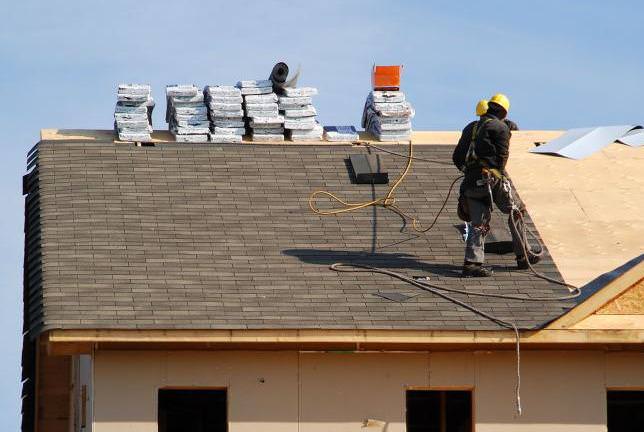
When it comes to roofing, making informed and strategic decisions can significantly impact both the immediate costs and long-term value. Whether it’s a matter of choosing the right time for a roof replacement, negotiating with contractors, avoiding pitfalls, or maintaining your roof, understanding the nuances can lead to substantial savings and a more durable roof.
This section will expand on each aspect of practical advice, integrating key factors like cost per square foot, financing options, and the importance of regular maintenance.
Tips to Save Money on Roofing
Comparative Shopping:
Research and compare costs from various local roofing contractors. This includes the cost per square foot for different roofing materials. Be sure to get detailed breakdowns of the costs, including both materials and labor, to understand where your money is going. Some roofing companies may offer package deals or discounts for certain services, so it’s worth asking about any special offers. Remember to also factor in the potential long-term savings of more durable materials, even if they are more expensive upfront.
Timing Your Project:
Prices can vary depending on the season. Consider scheduling your roof repair or replacement during off-peak times, such as late winter or early spring, when demand is lower. Avoiding peak seasons can lead to lower prices and more contractor availability. However, ensure that the weather conditions during these times are suitable for roofing work.
Choose the Right Material:
Sometimes, investing a bit more in durable materials like metal or tile can save money in the long run on repairs and maintenance. Materials like asphalt shingles may be cheaper, but they typically have a shorter lifespan and might need more frequent replacements. Evaluate the average cost and longevity of each material, and how they align with your budget and climate conditions.
Consider Financing Options:
Home equity loans or lines of credit can be viable options to finance your roofing project. Personal loans can also be a solution but compare interest rates and terms carefully. Remember, using a home equity line of credit might be a good option if you have enough equity in your home, as they often have lower interest rates compared to personal loans. Ensure you understand the repayment terms and how they fit into your financial plan.
Avoiding Common Pitfalls in Roofing Projects
Not researching the contractor’s reputation and previous work can lead to poor quality. Take the time to read reviews, ask for references, and look at previous projects to ensure they have a track record of good work. Ensure they are licensed and insured to protect yourself from liability.
Ensure the contractor adheres to local building codes to avoid legal issues and extra costs. Non-compliance can lead to fines and require additional work to bring the roof up to code. It’s vital to check that your contractor is familiar with the specific building codes and requirements in your area.
Read the contract thoroughly, understanding terms about payment, timeline, and scope of work. Ensure that all verbal agreements are included in the contract to avoid misunderstandings. Pay attention to clauses related to delays, weather conditions, and material changes.
Ensure your contractor has all the necessary permits for the project. Permits are not just a formality; they ensure the work is inspected and meets local safety standards. The cost and responsibility for obtaining permits should be clarified before the project begins.
Maximizing Roof Longevity Through Maintenance
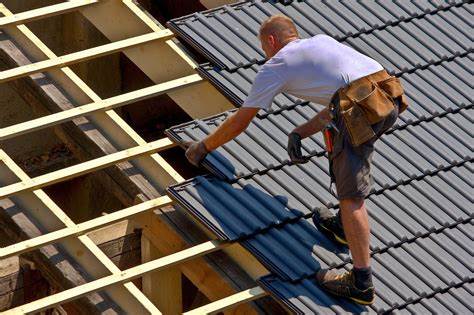
The key to extending the life of your roof lies in regular maintenance. Timely inspections can catch early signs of damage, such as missing shingles or leaks, preventing them from worsening. Keeping the roof and gutters clean, especially in storm-prone or leafy areas, is essential to avoid water damage.
Additionally, ensuring your attic is well-ventilated and insulated helps in warding off moisture and temperature-related issues. These simple yet effective maintenance steps not only prolong your roof’s lifespan but also uphold the safety and integrity of your home.

